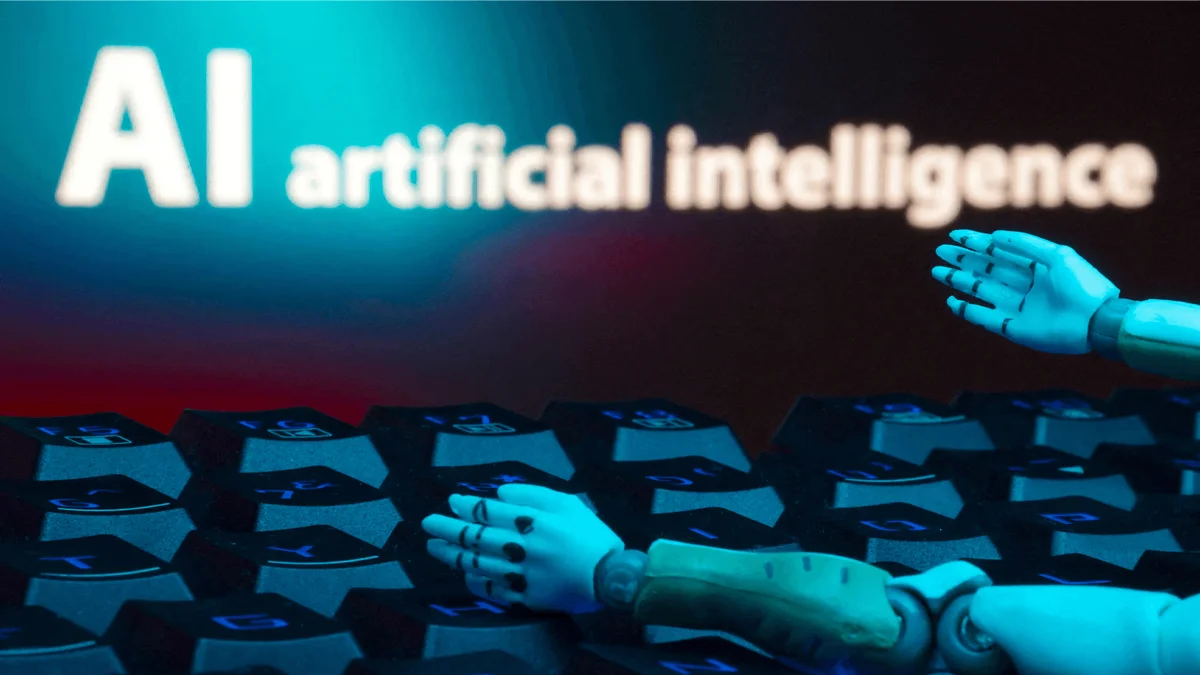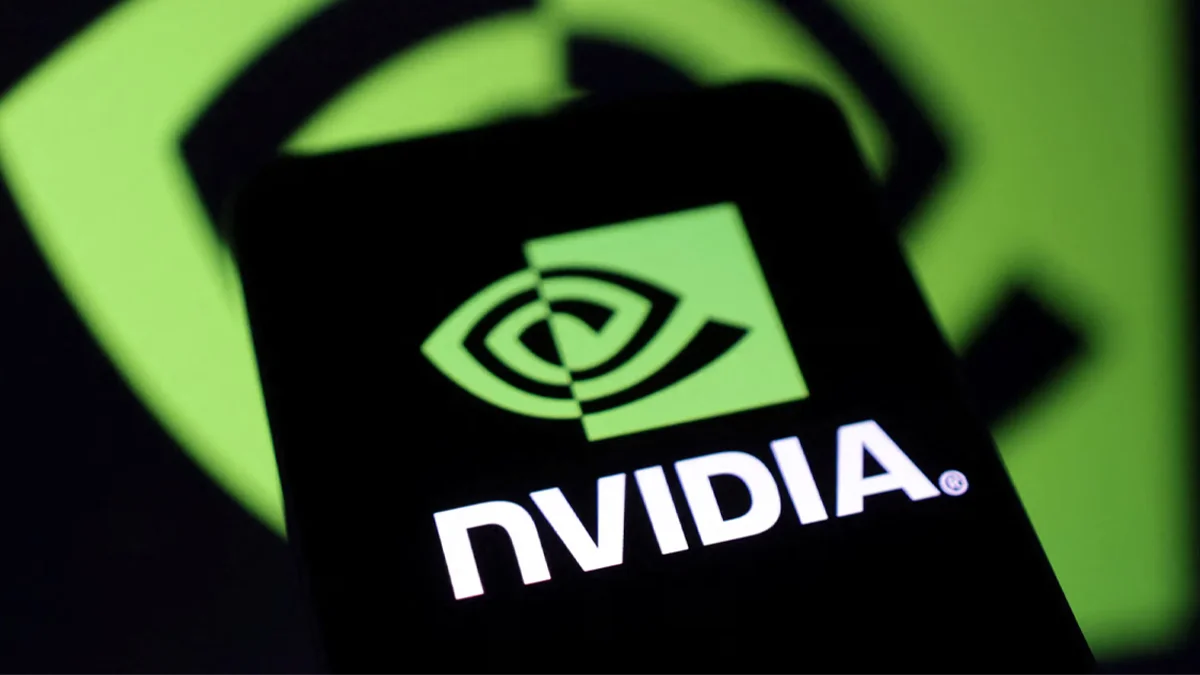
MIPS Makes Strategic Shift in Robotics, Focuses on Chips that Support Sensing and Control
MIPS has announced a shift in robotics, Reuters reported. The tech company, which has been in existence for several decades once competed with Arm Holdings in providing computer architectures. MIPS strategic shift in robotics will see the company develop MIPS Atlas portfolio, a chips suite for AI-enabled robots.
MIPS Chip Advancements
MIPS is a global leader in the supply of compute subsystems for autonomous vehicle platforms. The company has been manufacturing chips that have high processing speeds. For a long time, MIPS chips have been considered ideal for specialized apps like self-driving vehicles and networking gear.
On March 4, MIPS announced a shift in its strategy, saying it will now design its own chips. The company also said it will license its technology. MIPS’ strategy shift will see it focus more on three key aspects of robotics. MIPS next-gen robotics chips will be designed to support sensing as well as chips that can control robot actuators and motors. It will also design chips that can calculate actions that robots should take next.
The company, through its CEO Sameer Wasson said it expects these markets to grow as new areas of AI advancement applications like humanoid robots emerge. MIPS holds that to attract business, it’s better to showcase a working chip than a presentation- even when in pursuit of a licensing deal. At the initial stages, MIPS’ focus will be on the automotive industry.
“It doesn’t mean MIPS is going to overnight turn into a silicon company. I don’t see that. But I think we’ve got to give the ecosystem confidence that this can be done. I expect this technology to be in a car towards the end of ’27 and start to hit volume in the ’28 timeframe,” Wasson said.
Physical AI at the Edge
The company also unveiled the MIPS Atlas portfolio, a new product that will allow industrial, automotive, and embedded tech companies to roll out efficient, safe, and secure physical AI at the edge.
By merging high-performing real-time computing with edge deployment of generative AI models and functional safety, MIPS chip product suite will facilitate the development of next-gen autonomous platforms.
“The need for efficient autonomous platforms to advance next-generation driverless vehicles, factory automation, and many other applications is directly aligned with the MIPS Atlas portfolio. Our core competencies of safety, efficient data processing and experience in autonomy have enabled us to expand our portfolio with real-time intelligence that is the essential tech stack for Physical AI platforms. MIPS customers can take our compute subsystems with software stacks as a turnkey solution to build physical AI platforms,” Wasson said.
MIPS has designed its Atlas portfolio around three computing categories that constitute physical AI. These are Sense, Think, and Act. Robots use a wide range of sensors to interpret their surroundings. They generate data that is transferred, integrated, and processed quickly and in real time. The AI engine on the Physical AI platforms processes the data to facilitate quick decision-making for precise action.
“By integrating safety, efficiency and cutting-edge intelligence, MIPS is well-positioned to accelerate innovation across the rapidly expanding $1 trillion Physical AI market,” HyperFRAME Research CEO Steven Dickens said.
A Long History
MIPS has had a long history in computing innovation and safety processing. The company was co-founded by Stanford University Professor John Hennessey in the mid-1980s to commercialize computing architecture by innovating agile ways to perform computing tasks.
Since then, the tech company has traded through different owners before it licensed use of some of its technologies in China and became bankrupt. In 2021, the company emerged from bankruptcy and said it would use a computing infrastructure called RISC-V.
The computing company now serves autonomous driving companies like Mobileye. MIPS has sold intellectual property rights to other companies that have used them to develop full-fledged chips.





